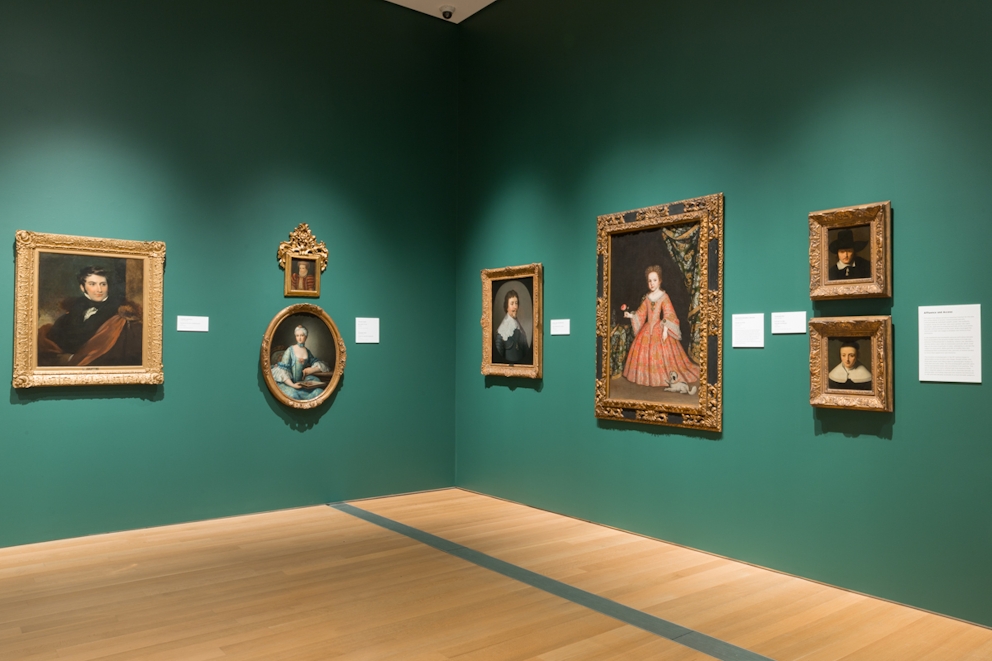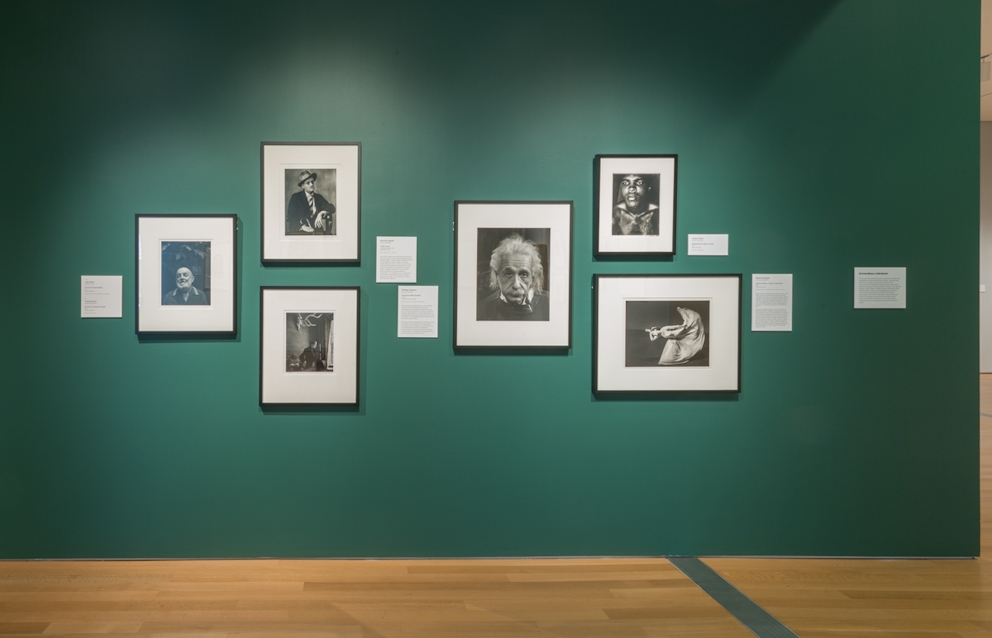Self, Symbol, Surrogate: Artist Portraits from GRAM’s Collection
Self, Symbol, Surrogate: Artist Portraits from GRAM’s Collection explores the many way artists engage in the tradition of portraiture, one of art’s oldest genres. The exhibition brings together iconic works and lesser known examples in the Museum’s collection to illustrate various approaches to portraiture from the 17th Century to today.
Within the exhibition, works in a wide array of media are organized thematically. The thematic groupings address some of the numerous ways in which portraits function; some portraits record an individual’s status and wealth, while others document a more objective or critical view of history. Many artists use their intimate circle of family and friends as subjects, while others attempt to capture the genius or celebrity of extraordinary individuals. Some artists explore issues of identity through their own self-portraits and challenge the notion that a portrait should feature a face or figure at all.
Portraits can connect us to people whose lives are much different from our own and can reveal a range of human experiences. Portraits brought together around the theme of documentation demonstrate how portraiture can bear witness to people and life circumstances. More than this, these images can foster our empathy and awareness for those with whom we have little contact or even knowledge. Nicholas Nixon’s portraits of Joey Brandon, from the series People with AIDS, show the subject in close-up looking directly into the camera in order to facilitate a connection between the viewer and the subject. Nixon began this series in 1987, when HIV/AIDS was severely stigmatized, as a way for viewers to engage with someone they may not be able to otherwise.
Portraits connect us with their depicted subjects as well as with the artists who created them. In self-portraiture, artist and subject are one in the same, giving the viewer insight into the artists’ own self-image. An etched self-portrait by Rembrandt van Rijn, Self-Portrait Drawing at a Window (1648), is included in a section dedicated to artist self-portraits. Rembrandt was an extremely prolific self-portraitist for his time, creating nearly 100 images of himself. His impulse for self-reflection and revelation continues today in the work of artists who make self-portraits in which they explore their feelings and psychological states. One example is Mee Kyung Shim, who depicts herself rising from the water for a breath of air – a metaphor for her experience acclimatizing to American culture after relocating from Korea.
Because of the proliferation of smartphones and the popularity of social media, we see images of people everywhere. Today, nearly two billion images are uploaded to Facebook, Instagram, and other digital platforms every day – many millions of these are portraits in the form of snapshots and selfies. As the way we experience the world changes with technology, artists continue to push the boundaries of the portrait genre. The works in this exhibition prompt us to consider the ways the artists have depicted their subjects, the choices they made and the creativity behind them.




















